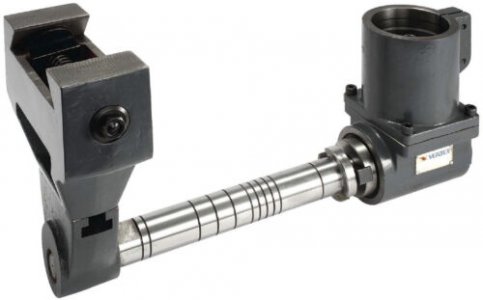- Joined
- Nov 14, 2020
- Messages
- 1,739
You have the best of both worlds, problem is when you have the best of both worlds you compromise some.
Truly you can set up and do most anything you can imagine and without breaking down the setup convert to vertical mill.
Or use an over arm to align bore or,or.
With horizontal work you will need some right angle plates.
I have a BP and they are the most versatile of the milling machines.
But I definitely want a horizontal but not a typical knee mill.
Truly you can set up and do most anything you can imagine and without breaking down the setup convert to vertical mill.
Or use an over arm to align bore or,or.
With horizontal work you will need some right angle plates.
I have a BP and they are the most versatile of the milling machines.
But I definitely want a horizontal but not a typical knee mill.


